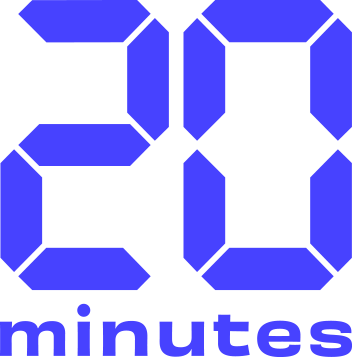
20 Minutes: Turning cloud savings into news innovations
20 Minutes reassigns two full-time engineers to new projects with the help of DoiT
Automatically manage cloud compute for optimized costs and agility
Make sense of spend and chargeback to align with your business

Optimize BigQuery costs with actionable recommendations and usage insights
Maximize AWS Spot savings and minimize disruptions for optimized scaling
Autonomously identify cost spikes early, with zero configuration
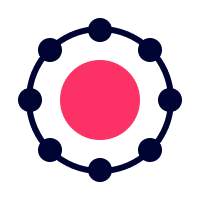
Ingest third-party data to see combined analytics in a single pane of glass.
Organize your billing data for better business decisions
Connect your favorite tools to DoiT’s products
Learn how we’re redefining support with our customer reliability engineering
View our live support and customer satisfaction statistics in real-time
Proven solutions to cloud complexity
A global team of committed cloud experts with decades of experience in cloud architecture, Kubernetes, machine learning and much more
Learn how DoiT enables critical FinOps capabilities
DoiT Accelerators give you the dedicated cloud expertise and resources to quickly adopt new cloud services and build production-ready workloads with them.
Implement end-to-end Gen AI solutions into your product with Amazon Bedrock and more
Accelerate new EKS deployments
Develop a production-ready, modern data platform on AWS
Implement end-to-end Gen AI solutions into your product with Vertex AI and more
Accelerate new GKE deployments
Develop a production-ready, modern data platform with BigQuery and beyond
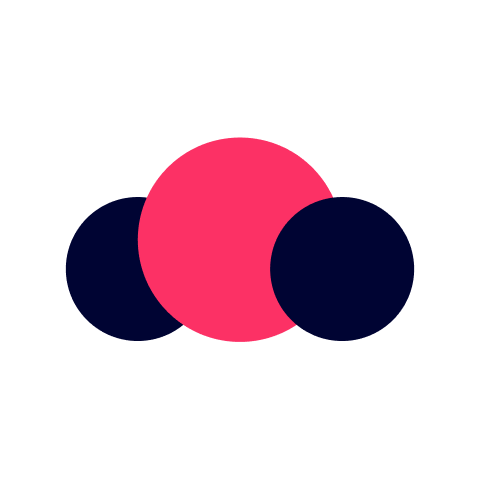
Proud to be an award‒winning multicloud partner to top‒tier cloud providers
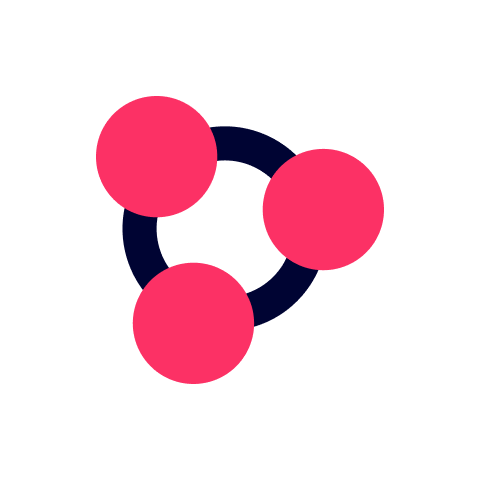
Enabling cloud growth and unlocking revenue through expert partnership
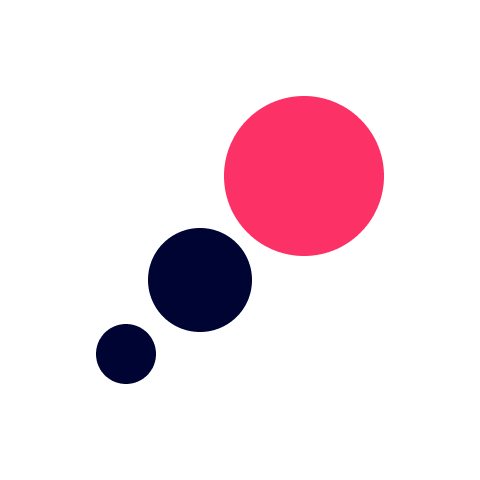
Accelerate new customer growth and Marketplace integration on AWS and GCP
Read the latest insights, tips and perspectives from our team of cloud experts
See how we’ve helped thousands of public cloud customers achieve their goals
Listen to our experts and customers share tangible tips for navigating the cloud.
Tech talks and interactive expert sessions delivered both virtually and in person
Discover foundational expertise and future-ready recommendations for the cloud
See what's new from DoiT in our latest news and announcements
Watch product demos, interviews and more from our cloud experts
Browse our open positions and learn more about what it takes to be a Do’er
Meet the team leading DoiT and our customers on a journey of hypergrowth
See what's new from DoiT in our latest news and announcements
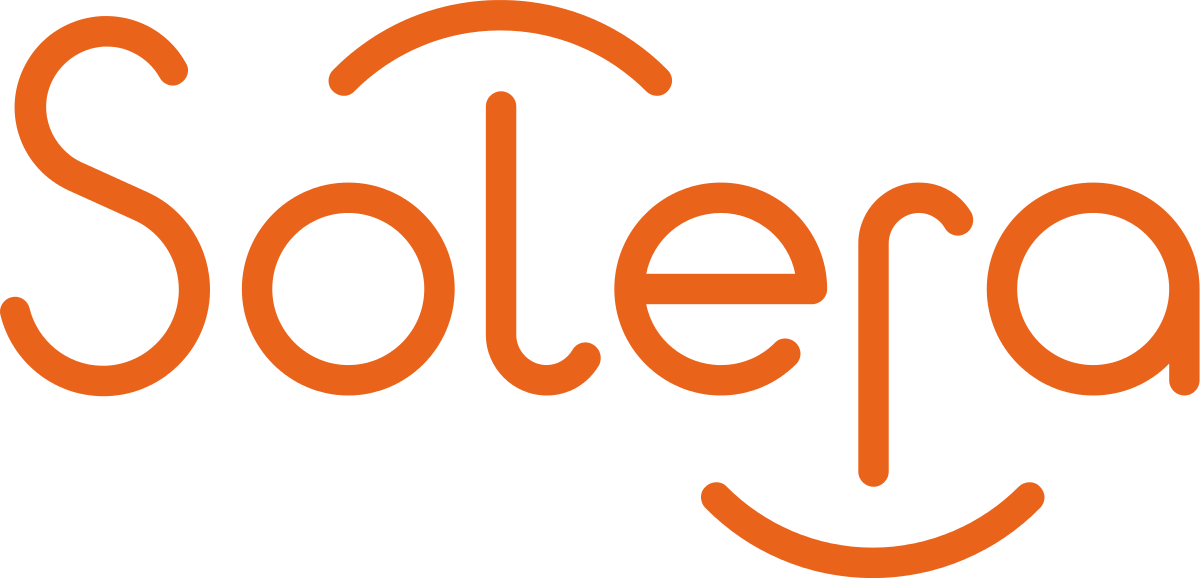
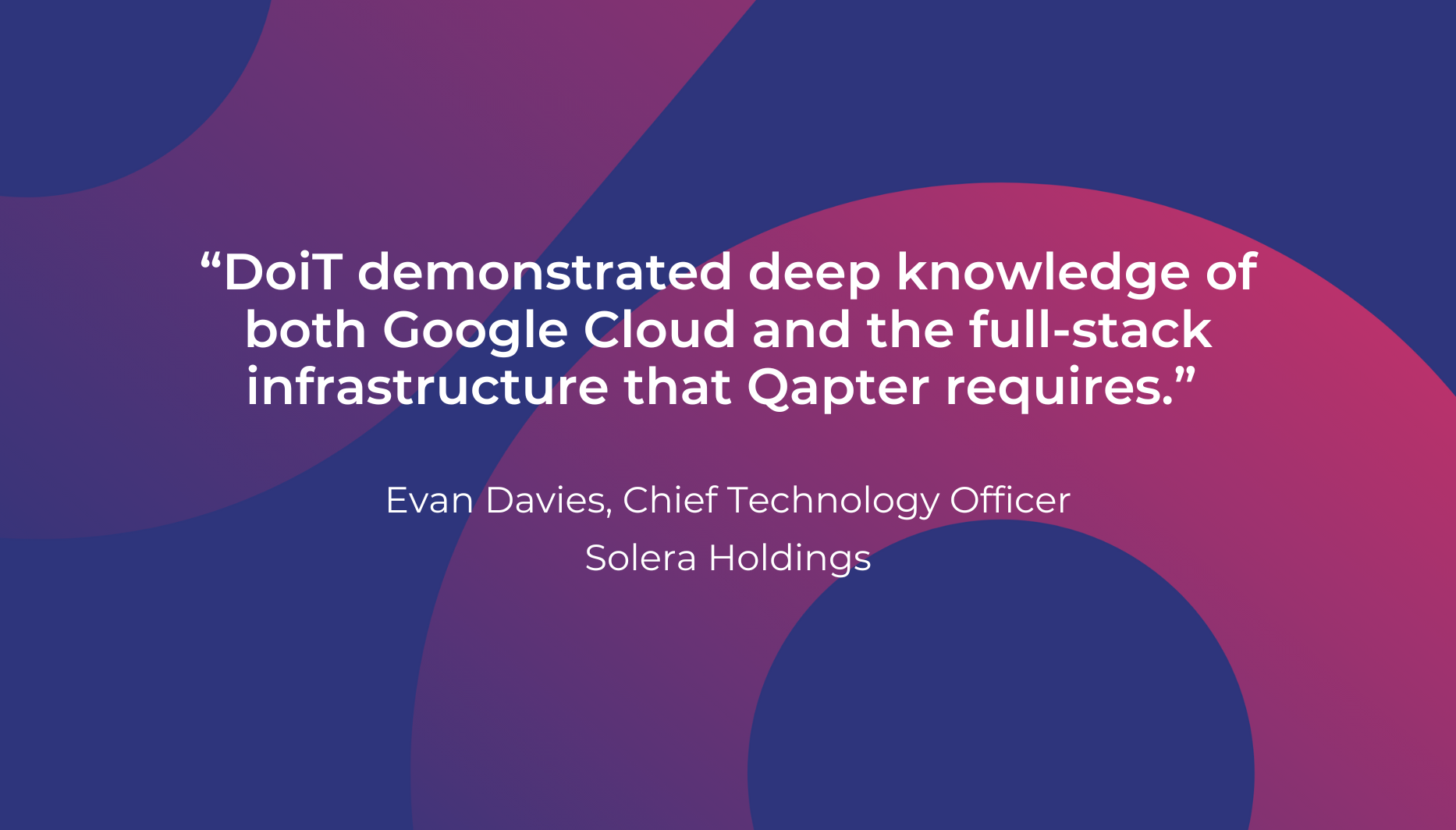
“Hello, claims department? I need to get my car fixed. Fast.”
Just about anyone who drives knows what it’s like. A fender bender, a broken windshield, or something more serious. Having a car out of commission for repairs can ruin a workday, a special occasion, or worse. Waiting for a claims adjuster and negotiating costs and insurance deductibles is complicated and time-consuming as well. Who hasn’t thought, “There has to be a better way”?
Solera Holdings, the market leader in the automobile damage estimation business, thought so too. Since 2005, the company has been transforming the way insurance and automotive professionals provide value to their customers. Today, Solera manages 300 million transactions between insurance companies, drivers, and the automotive industry every year, representing about 60 percent of all claims worldwide. With an impressive database of proprietary damage claims images and payments, the company realized that it had just what it needed to take advantage of an artificial intelligence (AI) and machine learning (ML) solution to process touchless claims. Solera launched Qapter in 2020, using Google Cloud AI/ML products, including Google Kubernetes Engine, TensorFlow, Cloud GPUs (graphics processing units), Cloud TPU (Tensor Processing Unit), machine learning APIs, and continuous integration and delivery products such as Cloud Build and Cloud Run to power an end-to-end claims management system that gets cars fixed and claims paid—fast—and without human mediation.
Matching technology to the problem at hand
When Chief Technology Officer Evan Davies joined Solera in 2020, he had already been working with AI for many years. Experience had taught him that no one particular AI technology could solve every business problem, no matter how innovative or disruptive it might be. Evan knew that a combination of multiple technologies sourced in-house and from cloud vendors would be required. He was determined that Solera would effectively apply mature AI technologies to gain and maintain competitive advantages for the business. To his delight, he joined a team that had already figured out the best approach to the problem they had identified—how to use AI and ML to automate Solera’s existing automobile collision claim workflow.
Solera’s product team knew from talking with insurance companies over several years that they needed an automated claims process. Quite a few insurers had tried to use computer vision to automate the collision damage repair process. Marcos Malzone, VP of Product Management at Solera EMEA, explains, “Insurance companies had encountered a number of challenges in trying to commercialize computer vision solutions. They would do their research projects, and could usually build a working solution in-house, but they couldn’t scale. What we learned from this is the importance of building a productized solution in order to avoid failing as an AI project.”
Solera had focused on the most elegant application of AI to the workflow, which was to effectively identify vehicle damage. The initial damage assessment step was transformed into an AI-powered process, and the addition of ML leveraged the company’s huge existing database of claims images and repair information to offer precise method, cost, and time estimates for repairs. Equally important to the success of the solution was the choice not to complicate the process by changing the company’s tried and true backend systems. Davies says, “We wanted to solve a specific problem by applying AI to identify collision damage and then use our backend systems and machine learning to create a plan for how to repair that damage.”
Solera had built a previous version of an automated claims system that showed the promise of what a next-generation solution could be. The team’s original vision combined with the latest cloud and AI technologies would enable Solera to reimagine Qapter using AI and ML.Through extensive research, the Solera team had already advanced development to the point where they had eliminated several less successful approaches. All they needed was the right AI solution coupled with the latest cloud technologies to explore new ideas and upgrade Qapter. This next-generation version would streamline the estimation process for Solera customers and vehicle owners worldwide.
Unlocking possibilities for product development with Google Cloud
The Solera team were already sophisticated cloud technology users when they decided to look for an AI/ML solution that would integrate with a full suite of cutting-edge cloud technologies. Although the company hosts its own data lake in order to maintain contractual agreements with customers all over the world, the accident claim workflow was cloud based. The team knew that choosing the right technology vendor would be key to a successful outcome for the next-generation platform as well as new products in development.
After completing a thorough technology bake-off, Google Cloud’s AI/ML solutions proved to be more sophisticated, robust, and scalable than what other vendors could offer. For Solera, having best-in-class AI technologies that are tightly integrated with the entire Google Cloud portfolio was a decisive factor. These additional capabilities meant that Solera could take advantage of faster processing speed and sophisticated tools that complement its development focus. In short, Google Cloud could provide Solera with everything it needs from a single vendor.
Solera reaped the benefits of a single-source provider by leveraging products across the breadth of Google Cloud. Solera developers were pleased to discover just how quickly Google Cloud technology has evolved and how it offers a highly stable framework for faster, less complex deployment across the value chain. Starting with Cloud Vision for simple image processing, Solera uses the Vision API’s optical character recognition (OCR) to collect license plates and VIN numbers. TensorFlow helps to build custom algorithms and machine learning models for image recognition and extraction of vehicle data, allowing for collection of vehicle make and model, damage information, and parts required. In addition, Cloud GPUs and TPUs allow for accelerated processing of all data models, greatly exceeding the capabilities of traditional central and graphics processing units.
Innovating with solutions, solving problems with technology
Having chosen Google Cloud as the technology enabler for the company’s commercial innovation, the Solera team had a lot to learn in order to make the most of the new platform. Fortunately, they had help from the engineers at Google Cloud as well as the expertise of DoiT International, a Google Cloud Managed Service Provider. From advice on defining the platform architecture to sharing best practices to answering implementation questions on the fly, Solera relies on Google Cloud and DoiT to help leverage its investment. Davies says, “DoiT demonstrated deep knowledge of both Google Cloud and the full-stack infrastructure that Qapter requires.”
Adds Davies, “There’s a transformation going on at Solera toward building core competencies that can be leveraged across the company, becoming game changers in more than just one area. Google Cloud isn’t just a spot solution, it’s a core competency for us.”
Launched in 2020, the new version of Qapter dramatically changes what Solera offers its customers. Once a driver uploads a picture of their vehicle’s damage and starts the claims process, the platform leverages its huge repository of claims images to make an estimate of the extent of the damage, recognize the make and model of the vehicle, know what parts need to be replaced, and how much repairs will cost. All without sending a claims adjuster to physically examine the vehicle. This automates a significant part of the claims processing workflow, benefiting not only insurance companies, but also automotive industry partners and drivers.
Mihran Shahinian, Solera’s VP of Data Integration, leads a team of engineers focused on analytics and data science and is responsible for mining the company’s data for predictive analytics. He explains, “What AI computer vision damage detection does is very similar to the evolution of mobile phone secure access, which, over time, went from PIN code to fingerprint to face recognition.” With computer vision, the technology evolved from repair estimation spreadsheets to 3D models, and now even more touch points have been eliminated. Drivers just need to take a picture of their car, and Qapter does the rest. Adds Shahinian, “For drivers, getting into an accident is an unpleasant experience. As data scientists, anything that we can do to make that experience fade more quickly and get people back on the road is our mission.”
Self-service collision claims in the time of COVID-19
Solera’s customers in France and The Netherlands, the two initially deployed markets for Qapter, are thrilled with the platform’s ability to enhance the damage claims workflow by identifying parts and estimating repairs using AI. Qapter has leapfrogged other efforts begun years earlier in this regard. In just a few months since rollout, the system is now able to auto-authorize 50 percent of damage claims, reducing estimating costs by nearly half.
In addition, Qapter is providing an unexpected benefit to stakeholders across the damage claims value chain during the pandemic. Not only does the platform reduce time and costs for drivers, insurers, and auto repair providers, but it reduces human interactions. Helping to ensure social distancing while providing a necessary service means that drivers can get back on the road, repair shops can keep working, and insurance companies can avoid having to send employees out into the field.
“The core value of Qapter is its three-dimensional vehicle models, allowing it to understand how a huge range of individual vehicles are composed,” says Shahinian. “We can repurpose this data and put it through different workflows depending on what a given company wants to achieve. One company may use it for vehicle inspection while another might use it for collision estimation. We can also envision a wide range of potential use cases for the future, giving us a solid basis for new product development.”

20 Minutes reassigns two full-time engineers to new projects with the help of DoiT

Discover how Candid accelerated success with DoiT’s expertise. From optimizing AWS costs to enhancing cloud infrastructure, DoiT helped Candid innovate and thrive in dental care.

Leanspace pioneers modular satellite operations solutions, partnering with DoiT for cost optimization and infrastructure efficiency to propel its growth and innovation.
From cost optimization to cloud migration, machine learning and CloudOps,
we’re here to make the public cloud easy.
Ready to get started?